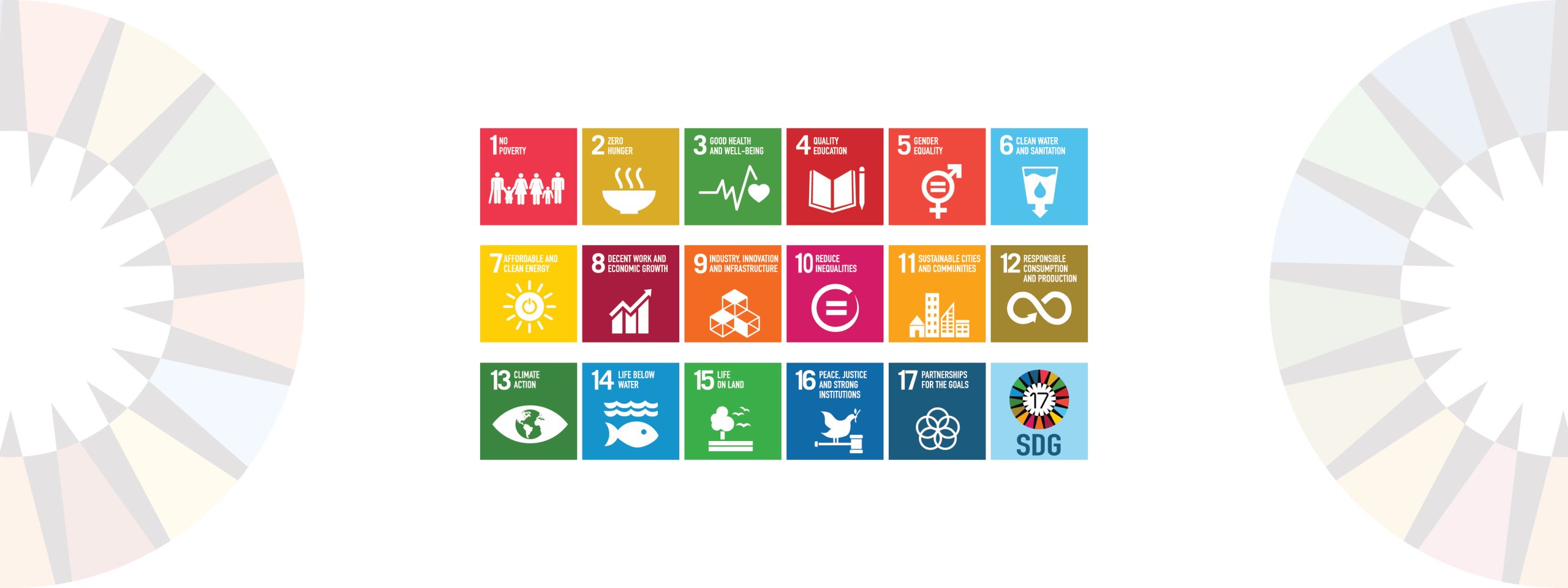Introduction
SDG Background
The Sustainable Development Goals (SDGs) were born at the United Nations Conference on Sustainable Development in Rio de Janeiro in 2012. The purpose was to produce a set of universal goals that would help combat the urgent environmental, political and economic challenges facing our world. Unlike their predecessor, the Millennium Development Goals (MDGs), the SDGs explicitly call on all businesses to apply their creativity and innovation to solve sustainable development challenges.
The value of the goals is that everyone can contribute, and every contribution, small or big, will make an impact on our world. What the SDGs represent are significant improvements in the quality of life of all people, in protecting mother nature and earth, reducing inequality and poverty, among others.
Too often, the SDGs are read and acknowledged without sufficient consideration for the targets and indicators associated with them. For the 17 SDGs, there are 169 targets and 231 unique indicators. The total number of indicators listed in the global indicator framework of SDG indicators is 248. However, thirteen indicators repeat under two or three different targets.
According to the 2030 Agenda for Sustainable Development, targets are defined as aspirational and global, with each government setting its own national targets guided by the global level of ambition but taking into account national circumstances. Each government will also decide how these aspirational and global targets should be incorporated into national planning processes, policies and strategies.


